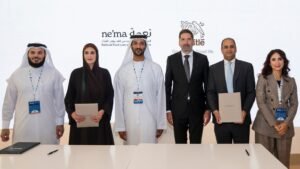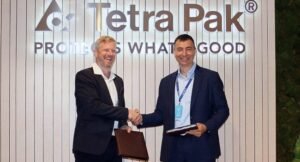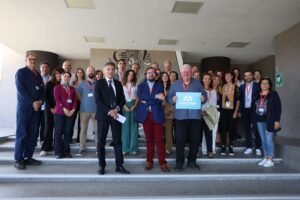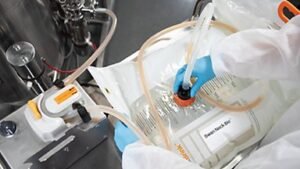Friday, 26 September 2025
Harnessing marine engineering for food security: Kawasaki’s aquaculture innovation
Atsushi Sano, Project Manager, Food Security Solution Project, Kawasaki Corporate Technology Division As climate change, overfishing, and rising global populations intensify pressure on traditional food systems, the spotlight is turning…
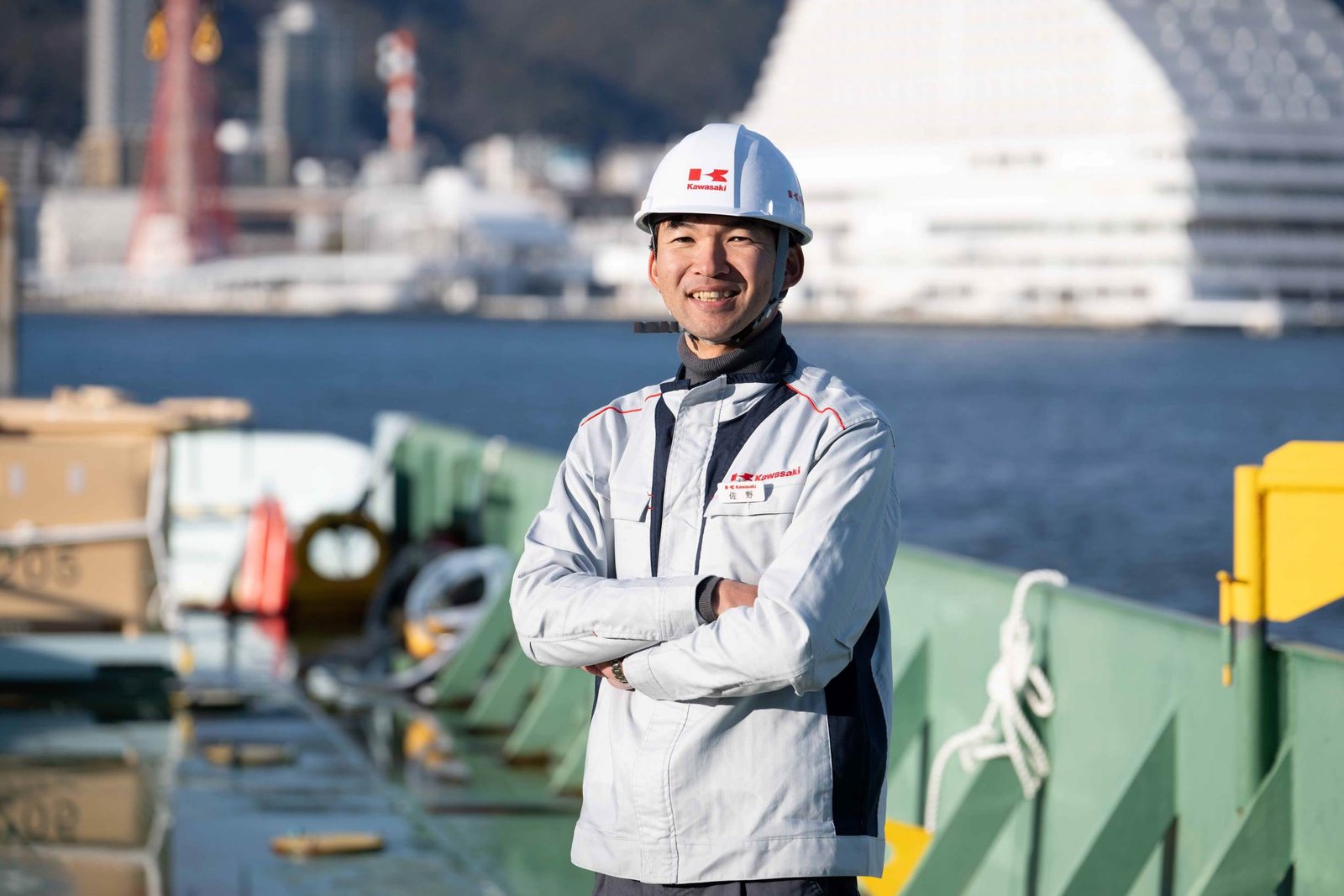
Atsushi Sano, Project Manager, Food Security Solution Project, Kawasaki Corporate Technology Division
As climate change, overfishing, and rising global populations intensify pressure on traditional food systems, the spotlight is turning to sustainable aquaculture as a future-forward solution. Japan’s Kawasaki Heavy Industries, a company known for its engineering prowess in shipbuilding, marine systems, and industrial plants, is bringing its technological edge to this emerging field through its innovative MINATOMAÉ system. In an exclusive interview with NUFFOODS Spectrum, Atsushi Sano, Project Manager, Food Security Solution Project, Kawasaki Corporate Technology Division, Kawasaki Heavy Industries, Ltd., shares how the company’s expertise in water treatment and fluid control is being applied to revolutionise marine farming. From reducing environmental impact and disease risk to improving food security and working conditions for fishery workers, Kawasaki’s urban-coastal aquaculture system could redefine how and where we farm fish. With promising results already emerging from trials in Kobe, this technology could help scale sustainable aquaculture globally.
What motivated Kawasaki to enter the aquaculture sector, and how does the MINATOMAÉ system reflect the company’s core engineering strengths?
Due to global population growth and climate change, securing future protein sources has become a critical issue. Kawasaki aims to contribute to the stable supply of food through the development of sustainable aquaculture systems. By leveraging the water treatment and fluid control technologies developed through our experience in shipbuilding, marine equipment, and plant development, we have realised high-efficiency, low-environmental-impact aquaculture in semi-closed marine systems.
Could you elaborate on how Kawasaki’s water treatment and fluid control technologies are applied in the aquaculture system to prevent disease and ensure safe marine farming?
Water Treatment Technology: Utilising the technology developed in plant development, we perform filtration and sterilisation of aquaculture water to prevent the intrusion of viruses and parasites. Additionally, we use sensing technology to monitor the oxygen concentration in the tanks in real-time and automatically control the oxygen supply to maintain stable levels.
-Fluid Control Technology: By applying CFD analysis, we simulate the water flow within the tanks and achieve optimal equipment placement. Furthermore, we leverage the knowledge gained from the development of liquefied gas tanks to create a stable breeding environment that is crucial for fish quality.
How does the proximity of the MINATOMAÉ system to ports and distribution centres enhance sustainability, food security, and supply chain efficiency?
By realising aquaculture in urban coastal areas close to consumption sites, which was previously unattainable, we can deliver fresher fish to consumers and reduce logistics costs, ensuring access to food. Urban coastal aquaculture attracts more personnel, helping to solve labour shortages.
What are some key takeaways or results from the aquaculture tests conducted between 2022 and 2025, especially the ongoing fifth test near the Port of Kobe?
The main achievement of the fifth breeding trial is the attainment of a breeding density approximately four times the domestic highest level.
In what ways does the system help minimise environmental impact and protect marine ecosystems while also improving working conditions for fishery workers?
We are advancing verification of the impact on water quality in the surrounding sea areas through the Kobe breeding trial. Additionally, we aim to develop a system that contributes to the improvement of surrounding ecosystems by combining it with the Direct Ocean Capture system in the future. The working conditions of fishery workers are expected to improve through remote monitoring enabled by the remote system.
How do you envision the broader role of this technology in addressing global food security challenges and scaling aquaculture in other regions or countries?
We believe that it can contribute to the development of sustainable fisheries in many countries and regions through the stabilisation of food supply, international deployment of technology, and environmental protection efforts.
Shraddha Warde
shraddha.warde@mmactiv.com
Technology
Nestlé UAE and Emirates Foundation partner to advance national food waste reduction goals
Sep 26, 2025 | Company News
SADAFCO to launch Tetra Pak E3 speed hyper line in Saudi Arabia
Sep 26, 2025 | Company News
MARMADE to harness marine biomass for innovation in food and feed ingredients
Sep 25, 2025 | Company News
Food Testing
Reducing Testing Time from 15 Days to 72 Hours: bioMérieux Leads the Way
Sep 19, 2025 | Food Safety and Testing
MycoTWIN boosts Türkiye’s Mycotoxin research with EU support
Sep 17, 2025 | Europe
Tetra Pak and Swan Neck Bio collaborate to simplify scaling of new food
Sep 11, 2025 | Company News
More Popular
Marico showcases commitment to food innovation and better health at World Food India 2025
Sep 26, 2025 | Company News
Nestlé UAE and Emirates Foundation partner to advance national food waste reduction goals
Sep 26, 2025 | Company News
SADAFCO to launch Tetra Pak E3 speed hyper line in Saudi Arabia
Sep 26, 2025 | Company News

